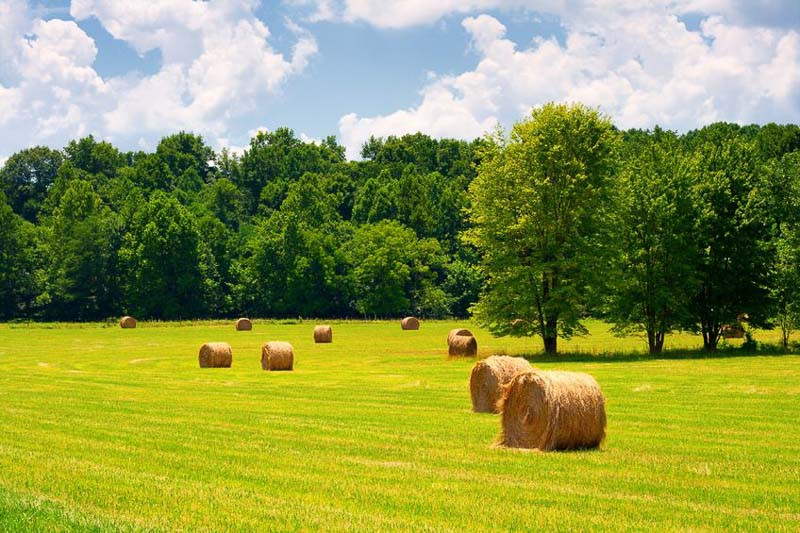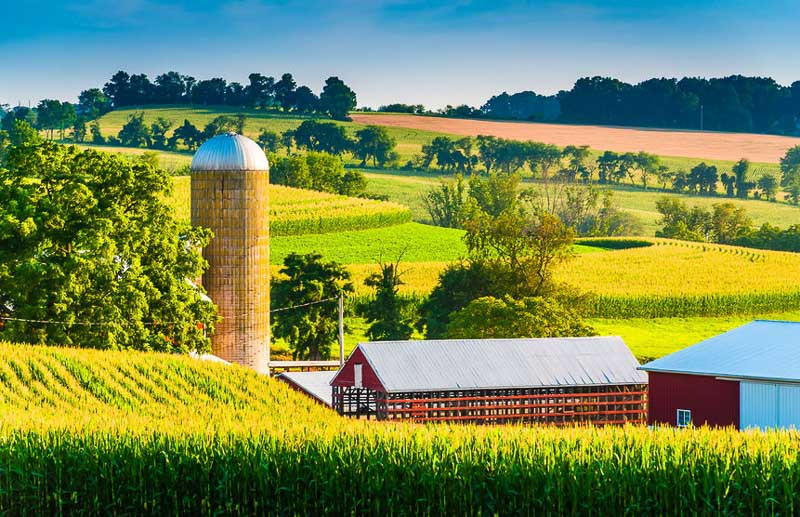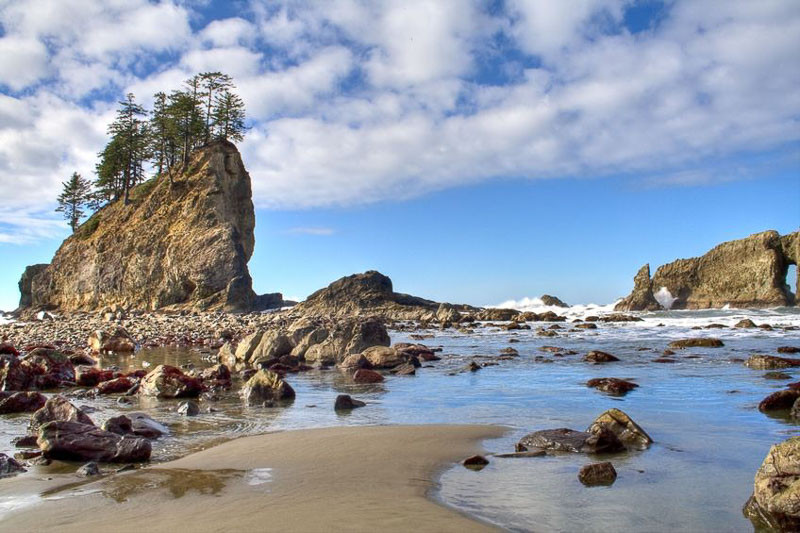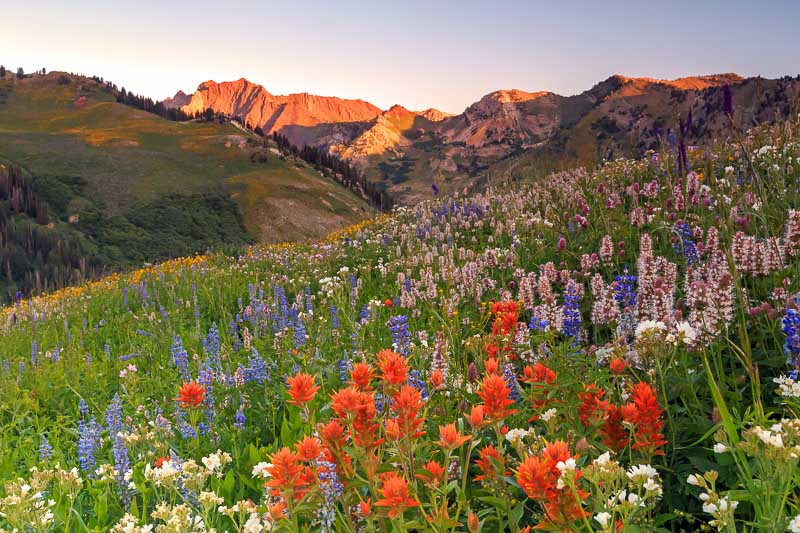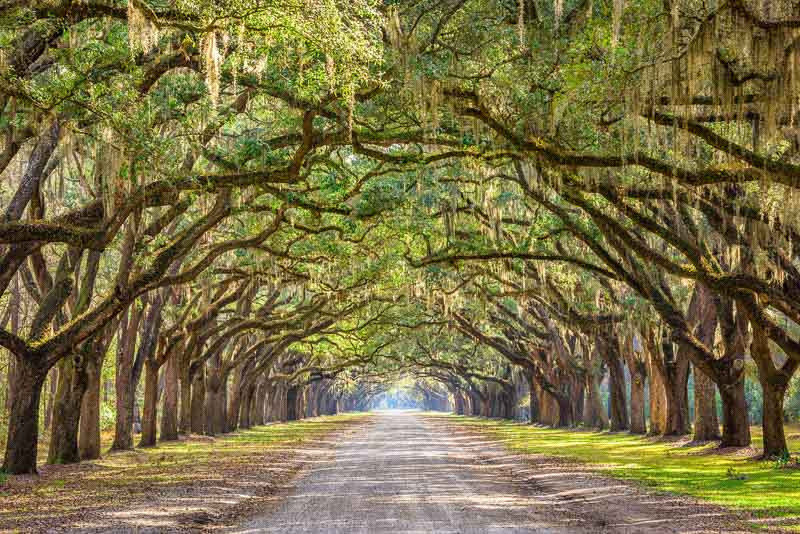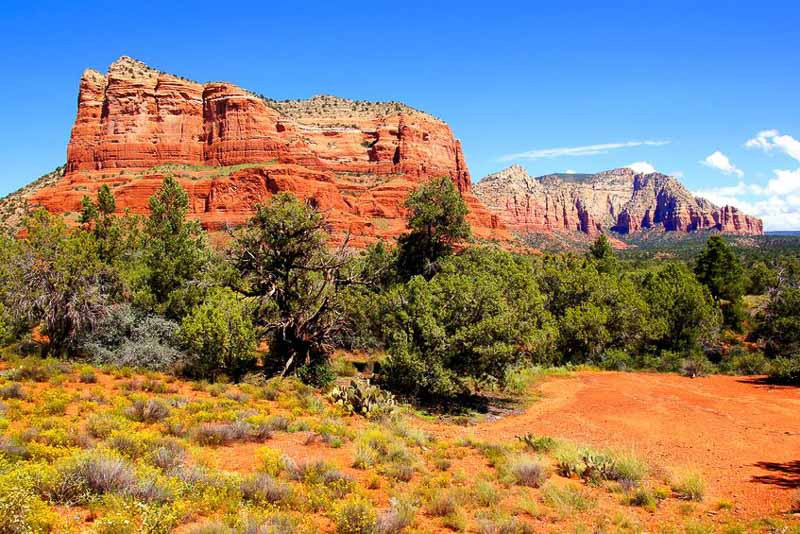United States Native Plants: Expert Tips for Gardening Success
The United States’ vast geographical diversity presents numerous options for growing native plants. Successfully cultivating these plants involves understanding their natural environments and replicating those conditions as closely as possible. Here are some expert tips:
- Understand Your Region: The U.S. is divided into multiple plant hardiness zones. Know your zone and choose plants that thrive in it. Also consider local factors like soil type, sunlight, and rainfall patterns.
- Choose the Right Plants: From towering Douglas firs in the Pacific Northwest to hardy cacti in the Southwest, pick species indigenous to your area. They’ll thrive with less care, support local wildlife, and maintain biodiversity.
- Replicate Natural Conditions: Mimic the plant’s natural habitat. Some plants, like the Sugar Maple, prefer rich, well-drained soil and part-sun, part-shade conditions. Others, like cacti, thrive in sandy, well-drained soils and full sun exposure.
- Use Sustainable Gardening Practices: Native plants typically need less watering and fertilizing than non-native species. Still, use water wisely and avoid chemical fertilizers and pesticides, opting for organic options instead.
- Support Native Pollinators: Many native plants have co-evolved with native pollinators like bees, butterflies, and hummingbirds. By cultivating these plants, you support these essential creatures.
- Start Small and Expand Gradually: Begin with a small garden bed or even a container garden, then expand over time. This approach is less overwhelming and allows you to learn as you grow.
Remember, the ultimate success in growing native plants lies in working with nature rather than trying to control it. Embrace the beauty and resilience of U.S. native plants in your gardening practices.



